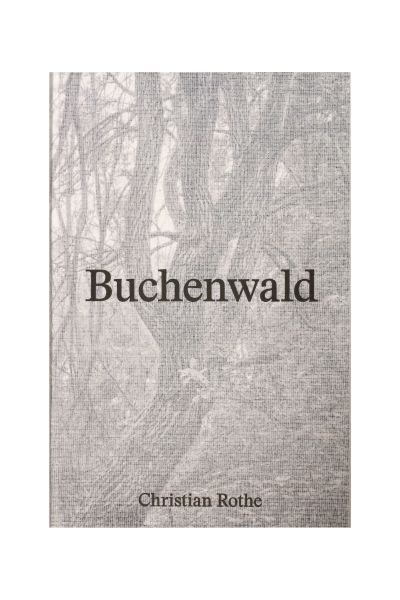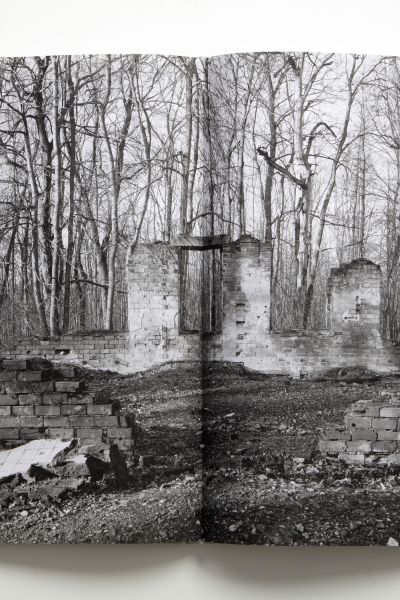Christian Rothe
Buchenwald
Im Dickicht vom Ettersberg | In the Thicket of the Ettersberg
- Kategorie
- Kunstbücher - Fotobücher - Ausstellungskataloge
Begründung der Jury
„Ein Buch voller Wucht und Würde, das durch eine eindringliche, respektvolle und mutige Annäherung an ein schreckliches Thema überzeugt“, so beurteilt die Jury den berührenden Fotoband „Buchenwald“. Sieben Jahre lang durchstreifte der Fotograf Christian Rothe hierfür das weitläufige Areal des ehemaligen Konzentrationslagers und hielt mit einer analogen Großbildkamera fest, was sich im Detail erst durch intensive Auseinandersetzung offenbart. Kaum noch erkennbare Fundamente, undurchdringliches Dickicht, zu erahnende Treppen und verrottete Gleise – fast meint man, beim Betrachten eine mahnende Stille zu fühlen.
Das Eintauchen in ein so schwieriges Thema, das durch die feinfühlige Buchgestaltung überraschend zugänglich wird, gelingt bereits über das gazebezogene, reduzierte Cover. Hier entfaltet das mittig gesetzte und geprägte Wort Buchenwald eine starke Präsenz, während die spürbare Textur den Schatten der Bäume Dreidimensionalität verleiht.
Mit Respekt nähert man sich so dem Inhalt und taucht ein in die atmosphärischen Fotografien, die auf hochwertigem Naturpapier und in frequenzmodulierter Rasterung mit ihrer Tiefe überzeugen. Begleitet von literarischen Texten aus bekannten Romanen einstiger KZ-Häftlinge, schafft das Buch einen Erfahrungsraum, der Distanz bietet und zugleich emotional packt.
Sorgsam eingestreut zwischen längeren Bildstrecken wirken diese Textpassagen wie eine Rast auf der berührenden Spurensuche. Nicht zuletzt durch das stimmige Zusammenspiel von Gestaltung, Materialwahl, Druck und Bindung entstand ein engagiertes Werk, das nachhallt.



